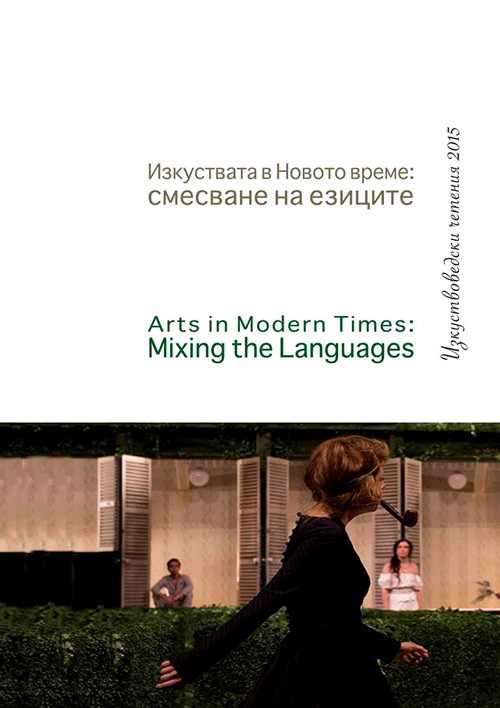Хибридност в новите художествени практики от средата на и края на 1980-те години (опитът на варненските художници)
Hybridism in the new art practices of the mid- and the end-1980s (on the experience of Varna-based artists)
Author(s): Irena DimitrovaSubject(s): History, Fine Arts / Performing Arts, Cultural history, Visual Arts
Published by: Институт за изследване на изкуствата, Българска академия на науките
Summary/Abstract: Hybridism is treated as one of the key characteristics of postmodern art related to the blurring of various lines between, say, ages, genres, forms of art, art and life, etc. Considering the new art practices (installation, performance, etc.) as part of postmodernism, different examples of hybridism (eclecticism) could be adduced. First of all, it shows as a combination of different art forms, an example of which is the actionist art of performance. It is a short stage action, which, however, could be combined with a visual image (video, painting, etc.). An example of performance was the action of Varna-based artists in the courtyard of the Varna Archaeological Museum in 1985. Musicians (Yildiz Ibrahimova, Theodosii Spassov) joined the event recorded by a film team. The article also deals with the art of installation, which is of a hybrid nature too. Installation in its essence is a three-dimensional ‘construction’, which may consist of various objects (sculpture, objects) or may be a video or more often than not a sound installation. Besides, intermixing traditional art forms (sculpture, painting, etc.) with non-art objects (everyday objects) is typical of this art and could, for example, be observed in Vladimir Ivanov’s installation Dutch Landscape, analysed in this paper.
Journal: Изкуствоведски четения
- Issue Year: 2015
- Issue No: 2
- Page Range: 249-258
- Page Count: 10
- Language: Bulgarian
- Content File-PDF

